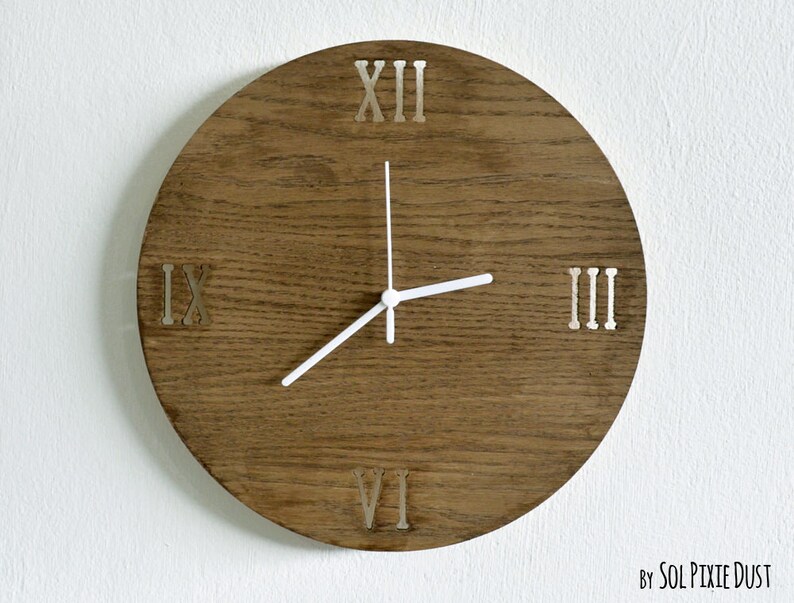

In it, Archimedes employed statical procedures in the solution of geometrical problems and the demonstration of theorems (DSB, II.219). Of the surviving Archimedean works, De Quadratura Parabolae is believed to have been written second. It has been suggested that it originally formed part of a longer work that would have dealt with the more general question as to the ratio between the length of an arc of a circle and that of its chord (cf Favaro ap. De Mensura Circuli, which is devoid of all traces of the Siculo-Dorian dialect in which it would have been written, consists of only three propositions, and those are somewhat carelessly argued. (DSB I.222) All of his calculations were obtained using not algebraic or trigonometrical notation but purely geometrical means, and without decimal notation. How he computed this has been much disputed. It is also of interest that he there gave an approximation for √3, namely 1351/780 > √3 > 265/153. In the course of this proof Archimedes showed that he had an accurate method of approximating the roots of large numbers. Archimedes obtained his sophisticated estimate for π by circumscribing and inscribing a circle with regular polygons having 96 sides. The average of these two bounds is 3.1418, an error of about 0.0002. Archimedes calculated the ratio between the circumference and the diameter of a circle (not called π until early modern times) as being less than 3-1/7 and greater than 3-10/71.

The brief treatise On the Measurement of the Circle contains one of the most popular results of mathematical investigations (Dijsterhuis, p. First published Latin edition of De Mensura Circuli and De Quadratura Parabolae, containing Archimedes application of the method of exhaustion (the early form of integration) and the earliest theoretical calculation of π apart from Valla s excerpts of 1501 in his encyclopedia, the first printed Latin texts of Archimedes (Rose, p. Printed on exceptionally heavy paper overall very good. Title and first 3 leaves stained at outer margin, scattered light waterstaining, cropped at top margin affecting running head and foliation, a handful of leaves reinforced in the gutter, repaired tear on ff. Bound in later marbled paper over boards. with elaborate woodcut on title, woodcut initials and diagrams throughout.


 0 kommentar(er)
0 kommentar(er)
